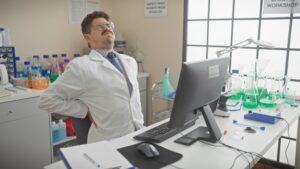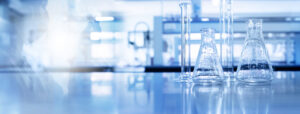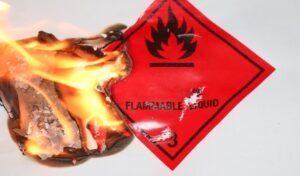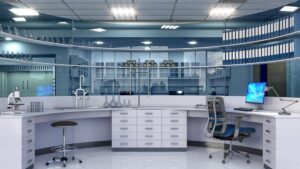
The role of science laboratories in schools extends far beyond simple classroom instruction; these spaces serve as vital environments where curiosity is sparked, critical thinking is fostered, and future scientists and innovators are born. As education continues to evolve, the design of school science labs must keep pace with the dual demands of ensuring safety and promoting innovation.
Safety is the foundation of any effective learning environment, especially in science labs where students are exposed to potentially hazardous materials and equipment. Adhering to regulatory standards and incorporating essential safety features are non-negotiable aspects of lab design. However, creating a secure environment should not come at the expense of stifling creativity and innovation.
Modern school science labs must be designed to inspire and accommodate the dynamic nature of scientific inquiry. This involves integrating advanced technologies, utilizing flexible and adaptable spaces, and embracing sustainable practices. The challenge lies in balancing these innovative elements with stringent safety requirements to create a holistic and conducive learning environment.
In this article, we will explore the fundamental principles of safety in school science labs, highlight innovative design elements, and discuss the challenges and solutions in creating these critical educational spaces. By understanding and addressing these key aspects, we can design school science labs that are not only safe, but also serve as incubators for the next generation of scientists and innovators.
Fundamental Principles of Safety in School Science Labs

Safety is the cornerstone of any school science lab. Ensuring a secure environment for students and staff prevents accidents and fosters an atmosphere where learning can thrive. Here, we delve into the fundamental principles of safety in school science labs, covering regulatory standards, essential safety features, and preventative design measures.
1. Regulatory Standards and Guidelines
The foundation of a safe science lab begins with strict adherence to regulatory standards and guidelines. These standards are established by national and international safety organizations and are often supplemented by local building codes and regulations. Compliance with these guidelines is crucial for the creation of a secure lab environment.
— National and International Safety Standards
- Organizations such as the Occupational Safety and Health Administration (OSHA) in the United States, the Health and Safety Executive (HSE) in the UK, and the International Organization for Standardization (ISO) provide comprehensive guidelines for lab safety. These standards cover everything from proper ventilation to the safe handling and storage of chemicals.
— Local Building Codes and Regulations
- Local authorities typically have additional regulations that must be adhered to. These may include specifications for electrical systems, plumbing, and fire safety protocols. Ensuring compliance with these local codes is essential for legal and practical reasons.
2. Essential Safety Features
A well-designed science lab incorporates several essential safety features that protect students and staff from potential hazards. These features are integral to preventing accidents and ensuring a prompt and effective response when incidents occur.
— Proper Ventilation and Air Quality
- Adequate ventilation is critical in a science lab to prevent the accumulation of hazardous fumes and ensure a constant supply of fresh air. This can be achieved through a combination of general ventilation systems and specialized fume hoods.
— Emergency Equipment
- Readily accessible emergency equipment is a must. This includes eyewash stations, safety showers, fire extinguishers, and first aid kits. These should be strategically placed and clearly marked to ensure they can be quickly located and used in an emergency.
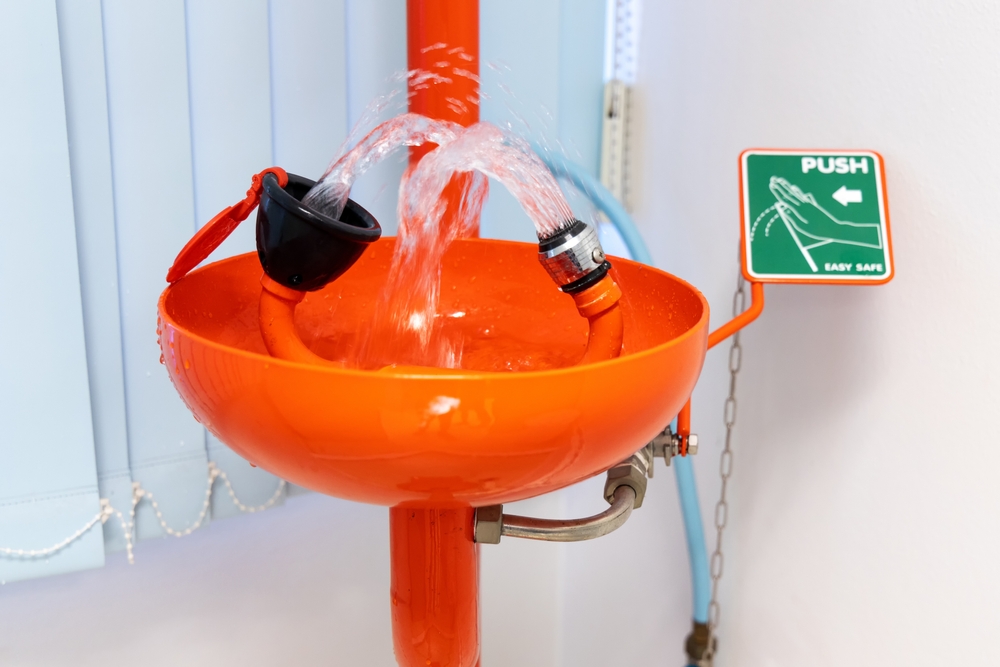
— Chemical Storage and Handling
- Proper storage and handling of chemicals are vital to prevent accidents. This involves using appropriate storage cabinets, labeling all chemicals clearly, and providing training on safe handling procedures. Additionally, the use of secondary containment can prevent spills and leaks.
3. Designing for Preventative Measures
Preventative measures in the design of a new science lab aim to minimize risks and enhance overall safety. Thoughtful planning and layout can significantly reduce the likelihood of accidents and improve the response to any incidents that do occur.
— Layout Considerations
- The layout of the lab should facilitate smooth traffic flow and easy access to exits. Workstations should be arranged to minimize congestion and ensure that students have ample space to conduct science experiments safely. The positioning of equipment and storage areas should also be optimized for safety.
— Safe Work Zones and Distances
- Establishing designated work zones for different types of activities can help manage risks. For example, areas where hazardous chemicals are used should be separated from general work areas. Maintaining safe distances between workstations and hazardous materials can prevent accidents.
— Safety Signage and Instructions
- Clear and visible safety signage is essential for communicating hazards and safety procedures. Signs indicating the locations of emergency equipment, exits, and specific hazards (e.g., high voltage, toxic chemicals) should be prominently displayed. Additionally, providing written and verbal safety instructions as part of lab training ensures that all users are aware of proper safety protocols.
By adhering to these fundamental principles of safety, school science labs can provide a secure environment that allows students to explore and experiment with confidence. Balancing these safety measures with innovative design elements ensures that these labs are not only safe but also dynamic spaces for learning and discovery.
Related Reading: Innovative School Biology Lab Tables: Where Function Meets Design
Innovative Design Elements in Modern Science Labs
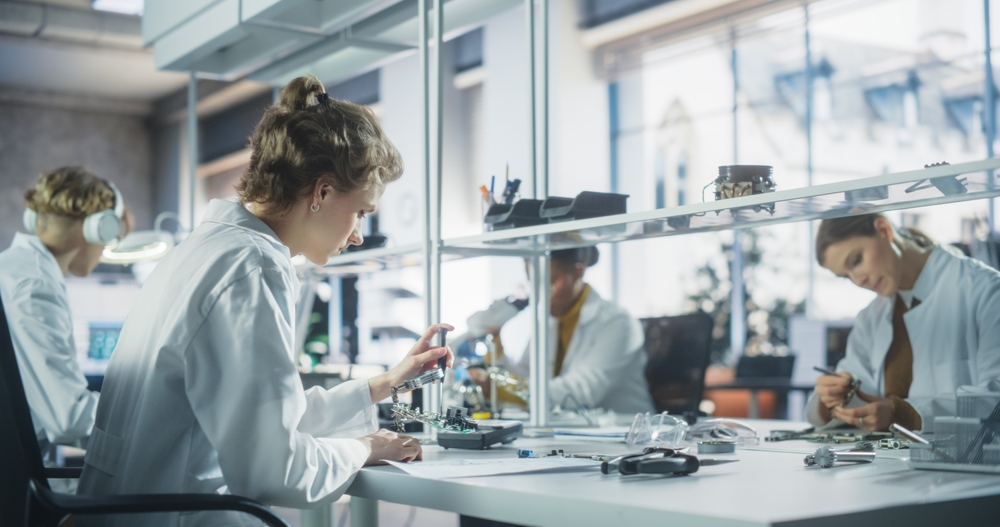
In the rapidly evolving landscape of education, modern science labs must not only be safe but also innovative, adaptable, and inspiring. Integrating cutting-edge design elements can transform these spaces into dynamic environments that foster creativity, collaboration, and advanced learning. According to ResearchGate, science education is incomplete without the practical work and use of school science labs. Here, we explore key innovative design elements that are shaping the modern school science lab.
1. Flexible Lab Spaces
Flexibility is a hallmark of contemporary science lab design. The ability to adapt to various teaching methods, learning activities, and future technological advancements is essential. Flexible lab spaces are designed to be versatile and accommodating to a range of educational needs.
— Modular Furniture and Equipment
- Modular furniture, such as movable tables, adjustable benches, and reconfigurable storage units, and other equipment allows for easy rearrangement of the lab layout. This adaptability supports different teaching styles and can quickly transition from lecture-based instruction to hands-on science experiments or group work.
— Multi-purpose Areas
- Multipurpose areas within the lab can serve various functions, from individual study zones to collaborative project spaces. These areas can be equipped with different types of seating, work surfaces, and access to technology, making them suitable for a broad spectrum of activities and learning experiences.
2. Integration of Technology
The integration of advanced technology into science labs enhances the learning experience by providing students with tools that mirror those used in professional scientific research. This technological infusion can significantly enrich the educational process.
— Digital Tools and Resources
- Incorporating digital tools such as interactive whiteboards, tablets, and laptops enables a more interactive and engaging learning environment. Access to online resources, virtual simulations, and scientific databases can broaden students’ understanding and facilitate more in-depth research and experimentation.
— Smart Lab Equipment
- Smart lab equipment, including sensors, automated data collection systems, and connected devices, allows for precise measurements, real-time data analysis, and enhanced experimental accuracy. These tools improve the quality of experiments and prepare students for the technological demands of modern scientific careers.
3. Sustainable and Green Design
Sustainability is increasingly becoming a priority in the design of educational facilities. Green design principles not only reduce the environmental impact of school science labs but also teach students the importance of sustainable practices.
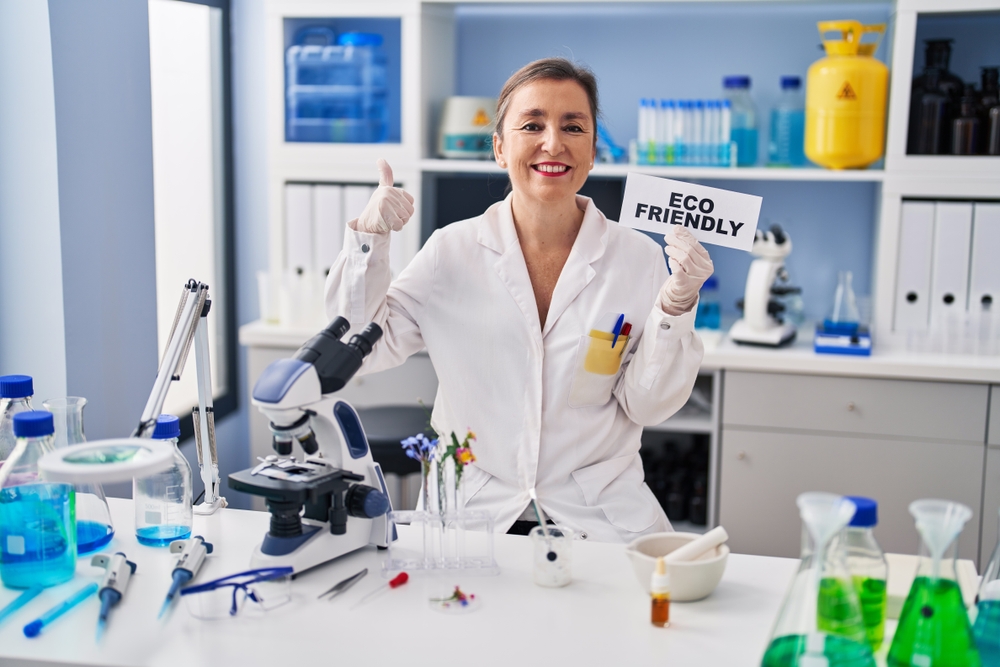
— Eco-friendly Materials and Energy Efficiency
- Using eco-friendly materials, such as recycled or low-emission construction products, can significantly reduce the environmental footprint of a science lab. Additionally, incorporating energy-efficient systems, like LED lighting, energy-saving HVAC systems, and natural lighting, can lower energy consumption and costs.
— Waste Reduction Strategies
- Implementing waste reduction strategies, such as recycling programs, composting, and the use of reusable lab supplies, promotes environmental responsibility. Designing labs with dedicated areas for waste sorting and disposal helps ensure these practices are easily integrated into daily lab activities.
By incorporating these innovative design elements, modern school science labs can create a stimulating and adaptable environment that meets current educational needs and anticipates future advancements. This blend of flexibility, technology, and sustainability ensures that science labs remain at the forefront of educational innovation, inspiring the next generation of scientists and thinkers.
Challenges and Solutions in Designing School Science Labs
Designing school science labs that are both safe and innovative presents a range of challenges. Addressing these challenges effectively requires a thoughtful approach and creative solutions. In this section, we explore some key obstacles faced in designing modern school science labs and propose practical solutions.
1. Balancing Budget Constraints with Quality
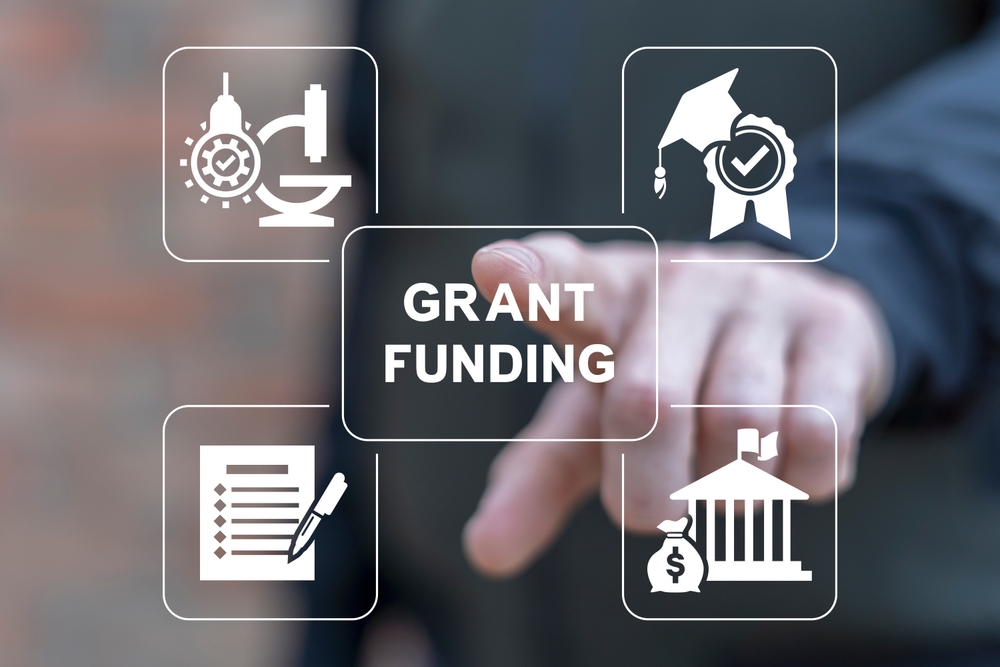
One of the most significant challenges in designing school science labs is managing budget constraints while maintaining high standards of quality and safety. Financial limitations can impact the choice of materials, equipment, and design elements.
— Challenges:
- Limited funding for state-of-the-art equipment and advanced technologies.
- High costs associated with sustainable and eco-friendly materials.
- Budget restrictions that limit flexibility in design and layout.
— Solutions:
- Prioritizing Essentials: Focus on investing in essential safety features and core lab equipment first. Allocate remaining budget to innovative elements that provide the most significant impact on learning.
- Phased Implementation: Implement the lab design in phases, spreading out costs over time. This approach allows for gradual upgrades and reduces immediate financial pressure.
- Seeking Grants and Partnerships: Apply for educational grants and seek partnerships with local businesses, universities, and non-profit organizations to secure additional funding and resources.
2. Addressing Diverse Needs of Students and Staff
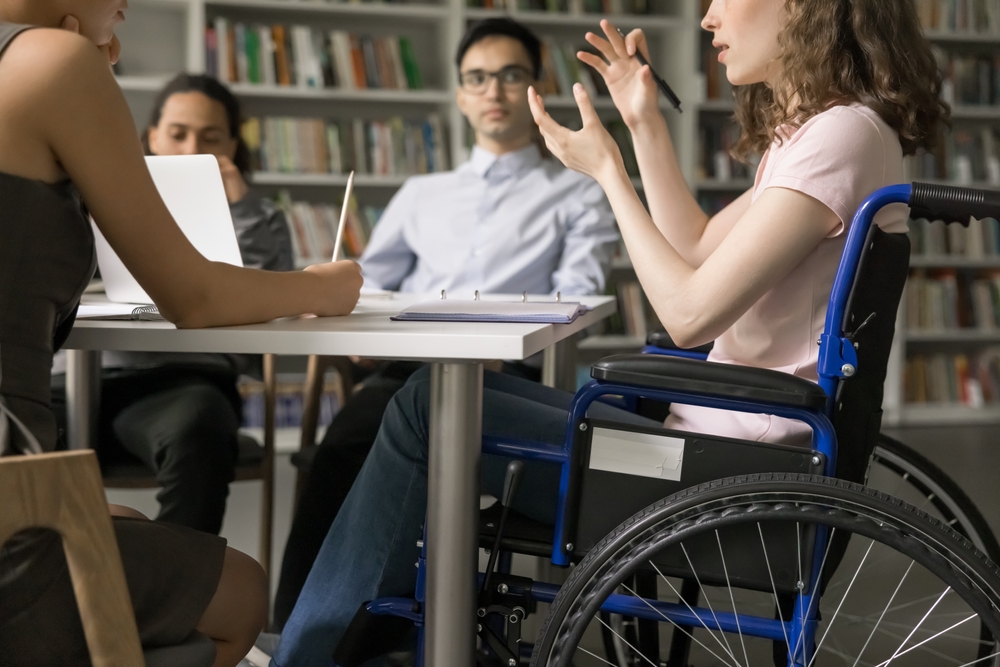
Designing a lab that accommodates the diverse needs of students and staff can be challenging. This includes considering varying levels of physical ability, learning styles, and safety requirements.
— Challenges:
- Ensuring accessibility for students with disabilities.
- Catering to different teaching methods and learning preferences.
- Creating a safe environment for all users, including those with specific health considerations.
— Solutions:
- Universal Design Principles: Incorporate universal design principles to create an inclusive lab environment. This includes features like adjustable workstations, wide aisles for wheelchair access, and clear, easy-to-read signage.
- Flexible Learning Spaces: Design flexible spaces that can be easily reconfigured to support different teaching styles and learning activities. This adaptability ensures the lab meets the needs of all students and teachers.
- Health and Safety Accommodations: Implement specialized safety measures for users with specific health considerations, such as providing additional ventilation for those with respiratory conditions and ensuring non-slip flooring to prevent accidents.
3. Future-proofing the Lab for Technological Advances

Keeping up with rapid technological advancements is a significant challenge in the design of school science labs. Ensuring that the lab remains relevant and effective for future educational needs requires foresight and adaptability.
— Challenges:
- Rapid obsolescence of technology and equipment.
- Difficulty in predicting future educational and technological trends.
- Ensuring the lab infrastructure can support new technologies.
— Solutions:
- Scalable Infrastructure: Design the lab with scalable infrastructure that can easily accommodate future technological upgrades. This includes installing ample power outlets, robust data cabling, and modular furniture that can be rearranged as needed.
- Technology Integration Planning: Develop a long-term plan for technology integration that includes regular updates and training for staff. Stay informed about emerging trends in science education and technology to anticipate future needs.
- Multi-functional Equipment: Invest in multi-functional equipment that can serve various purposes and adapt to different types of experiments and activities. This flexibility helps extend the useful life of lab equipment.
By addressing these challenges with practical solutions, school science labs can be designed to provide a safe, inclusive, and forward-thinking environment. Overcoming these obstacles ensures that these labs will continue to support and inspire students and staff for years to come.
Related Reading: Creating a School Science Lab That Inspires Students
Collaboration and Stakeholder Involvement

Designing a school science lab that successfully balances safety and innovation requires the involvement of multiple stakeholders. Collaboration ensures that the lab meets the needs of all users and adheres to best practices in education and safety. This section explores the importance of stakeholder involvement and strategies for effective collaboration.
1. Engaging Teachers and Students in the Design Process
Teachers and students are the primary users of school science labs, and their input is invaluable in creating a space that is both functional and inspiring.
— Strategies:
- Needs Assessment Surveys: Conduct surveys and focus groups with teachers and students to gather feedback on their needs, preferences, and challenges. This information helps tailor the lab design to support effective teaching and learning.
- Participatory Design Workshops: Organize workshops where every team member, like teachers and students, can collaborate with designers and architects. These sessions provide a platform for sharing ideas, visualizing concepts, and ensuring the design aligns with educational goals.
- Pilot Programs: Implement pilot programs to test new design concepts and technologies. This hands-on approach allows teachers and students to experience the proposed changes and provide feedback before full-scale implementation.
2. Working with Architects, Engineers, and Safety Experts
Professional expertise is crucial in creating a science lab that meets regulatory standards and incorporates innovative design elements. Collaboration with architects, engineers, and safety experts ensures a comprehensive and compliant design.
— Strategies:
- Integrated Design Teams: Form integrated design teams that include architects, engineers, safety experts, and educators. This multidisciplinary approach ensures all aspects of the lab design are considered, from structural integrity to educational functionality.
- Regular Consultations: Schedule regular consultations with safety experts to review design plans and ensure compliance with safety regulations and best practices. This ongoing collaboration helps identify potential hazards and implement preventative measures.
- Design Reviews and Audits: Conduct design reviews and safety audits at various stages of the project. These evaluations provide an opportunity to identify and address any issues early in the design process, ensuring a smooth and safe implementation.
3. Continuous Feedback and Improvement
Ongoing feedback and continuous improvement are essential for maintaining a high-quality learning environment. Regularly assessing the lab’s performance and making necessary adjustments ensures it remains safe, innovative, and effective.
— Strategies:
- Feedback Mechanisms: Establish feedback mechanisms, such as suggestion boxes, online surveys, and regular meetings, to gather input from teachers, students, and staff. This feedback helps identify areas for improvement and informs future design modifications.
- Professional Development: Provide ongoing professional development for teachers and lab staff. Training on new technologies, safety procedures, and innovative teaching methods ensures they are well-equipped to utilize the lab’s features effectively.
- Periodic Evaluations: Conduct periodic evaluations of the lab’s design and functionality. These assessments should consider factors such as safety, usability, and adaptability. Use the findings to make informed adjustments and upgrades.
By fostering collaboration and actively involving stakeholders in the design process, school science labs can be tailored to meet the diverse needs of their users. This cooperative approach ensures that the labs are not only safe and innovative but also supportive of a dynamic and engaging educational experience.
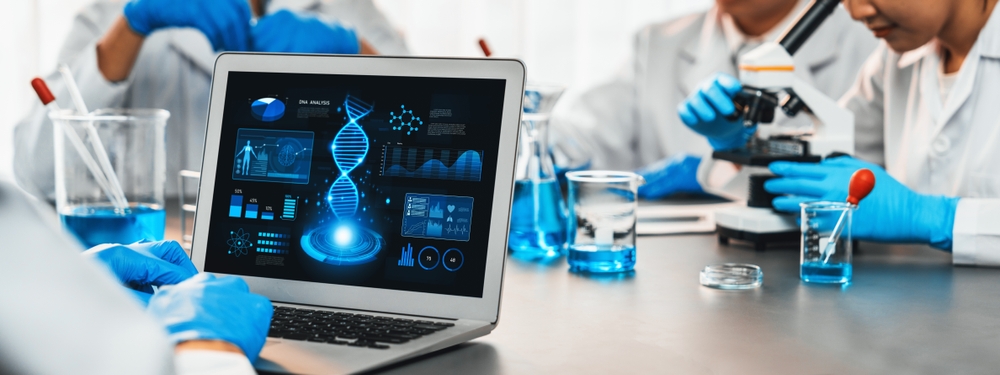
Conclusion
The design of school science labs is a delicate balance between ensuring safety and fostering innovation. By adhering to fundamental safety principles, integrating flexible and advanced design elements, and addressing the challenges of budget constraints, diverse needs, and future-proofing, we can create labs that are both secure and inspiring. Collaboration with teachers, students, architects, engineers, and safety experts is essential in crafting these dynamic learning environments.
Through thoughtful design and continuous improvement, school science labs can become incubators for curiosity, creativity, and scientific discovery. These spaces not only equip students with the skills and knowledge they require, but also inspire the next generation of scientists and innovators.


